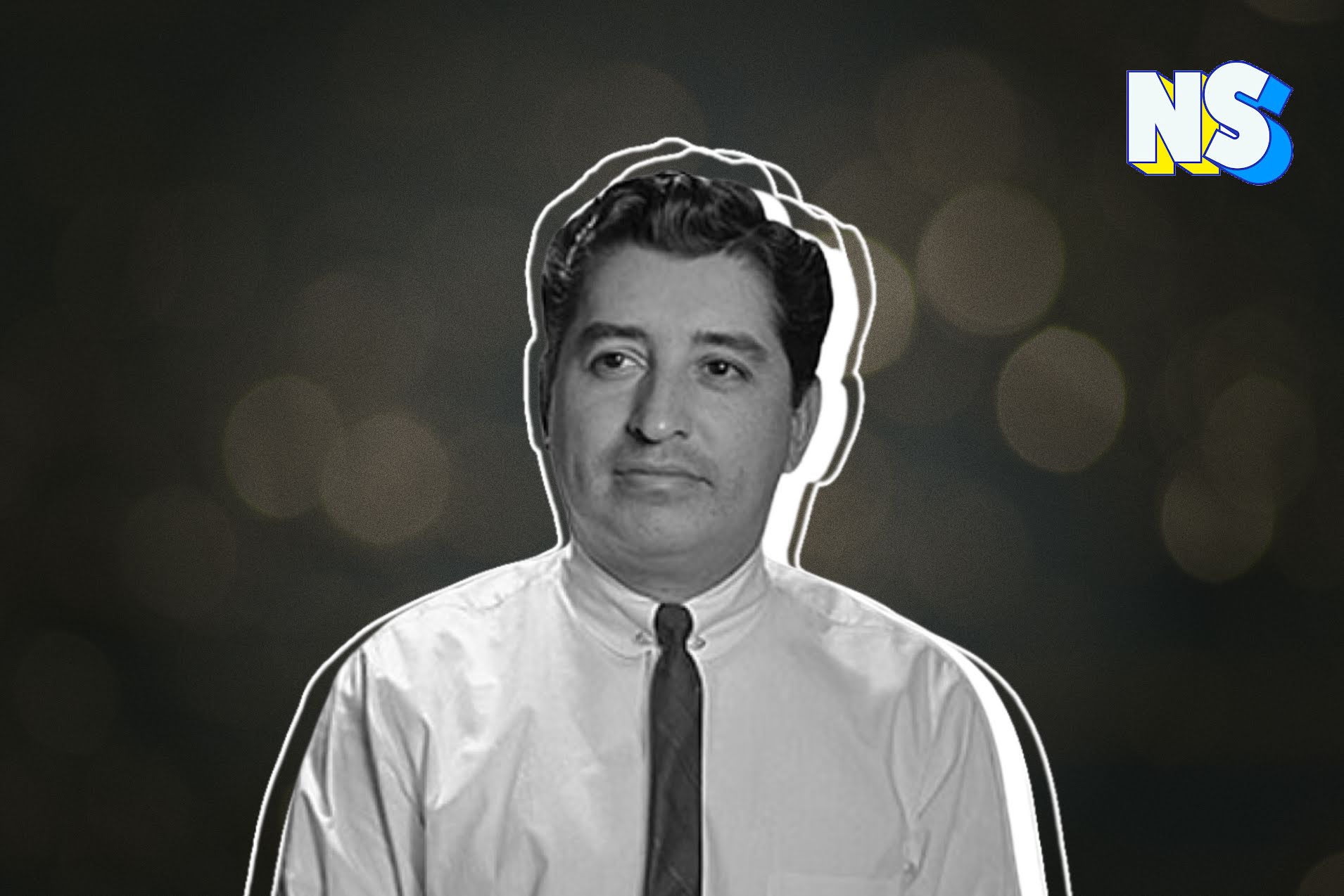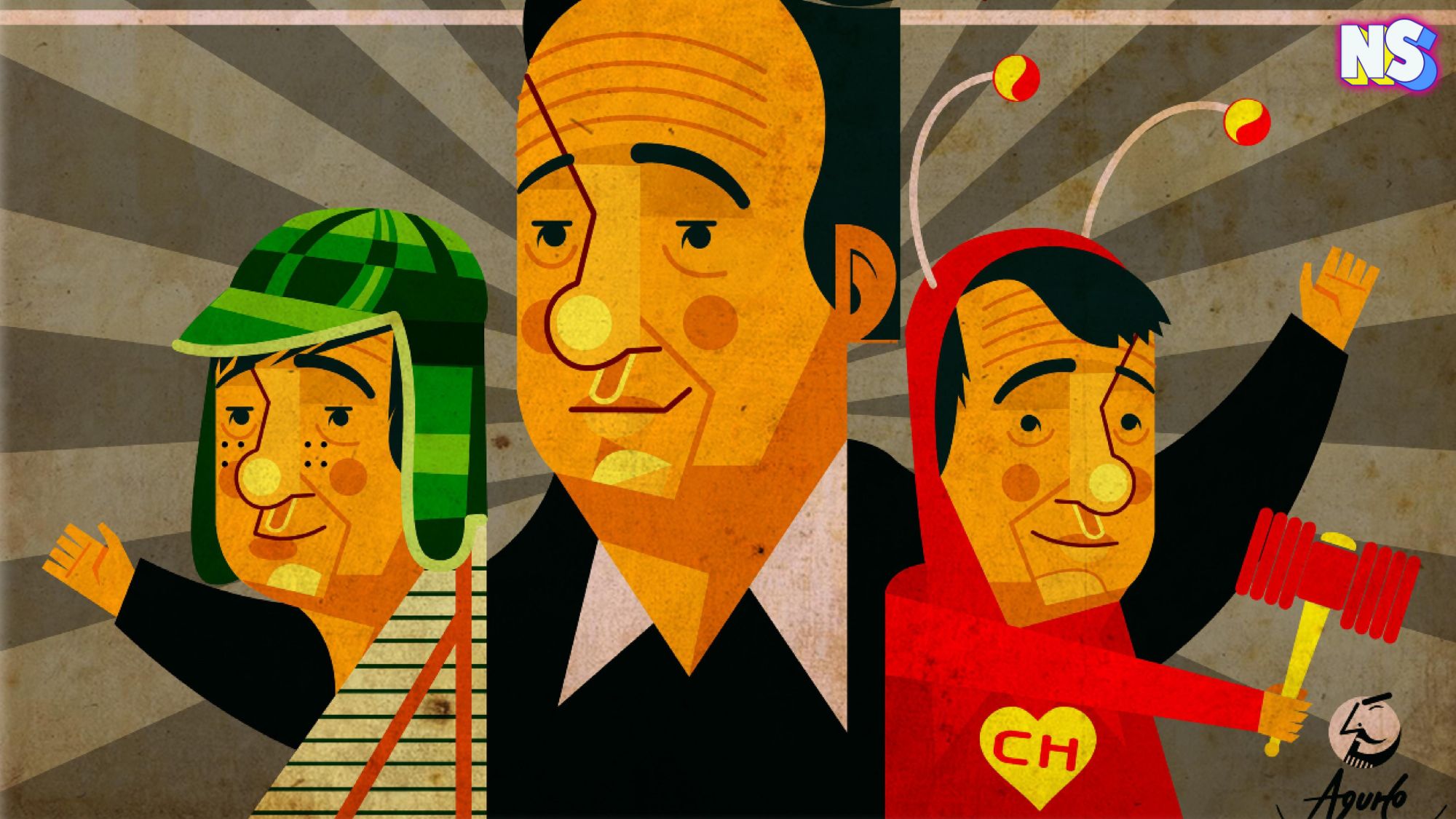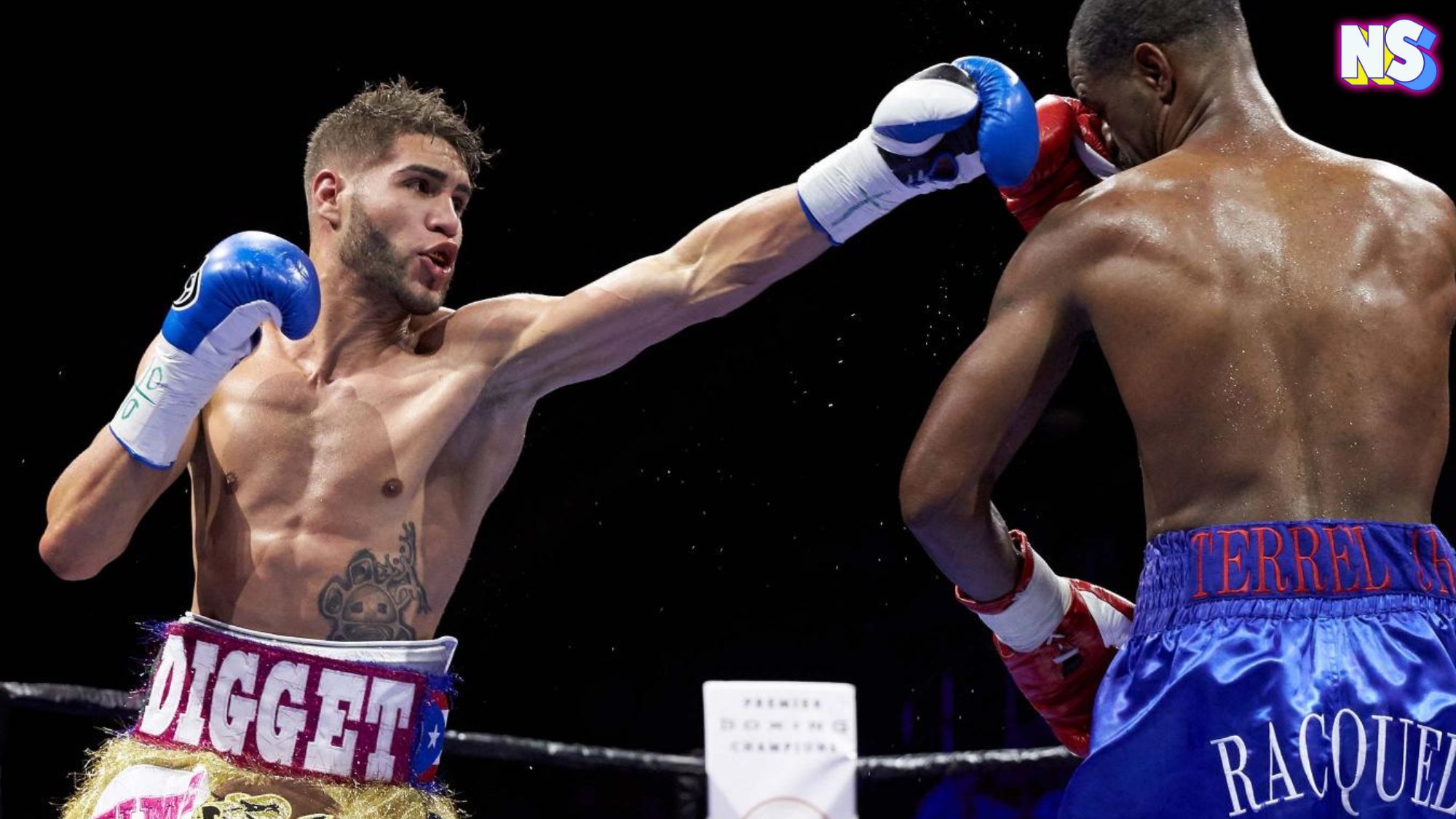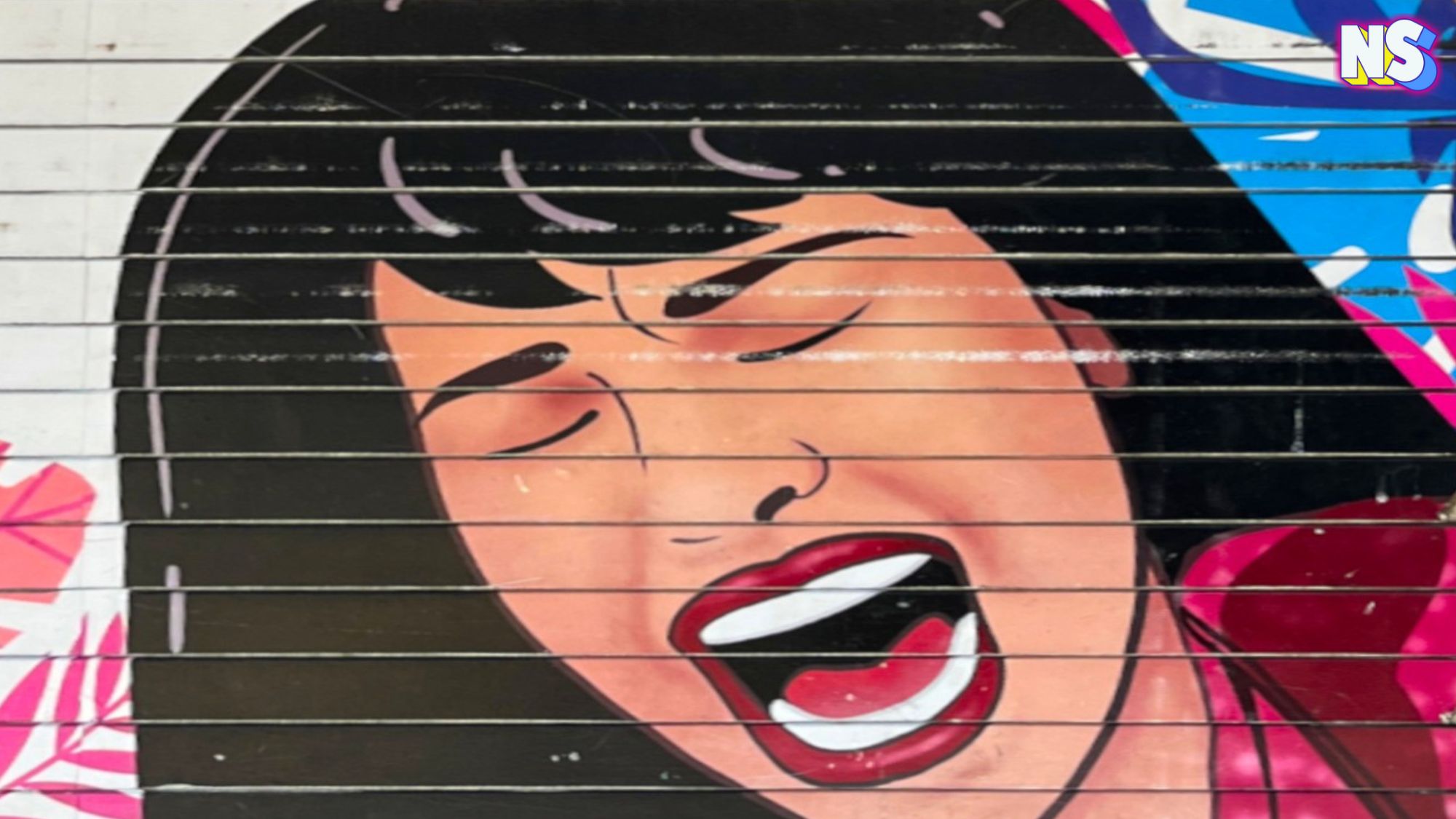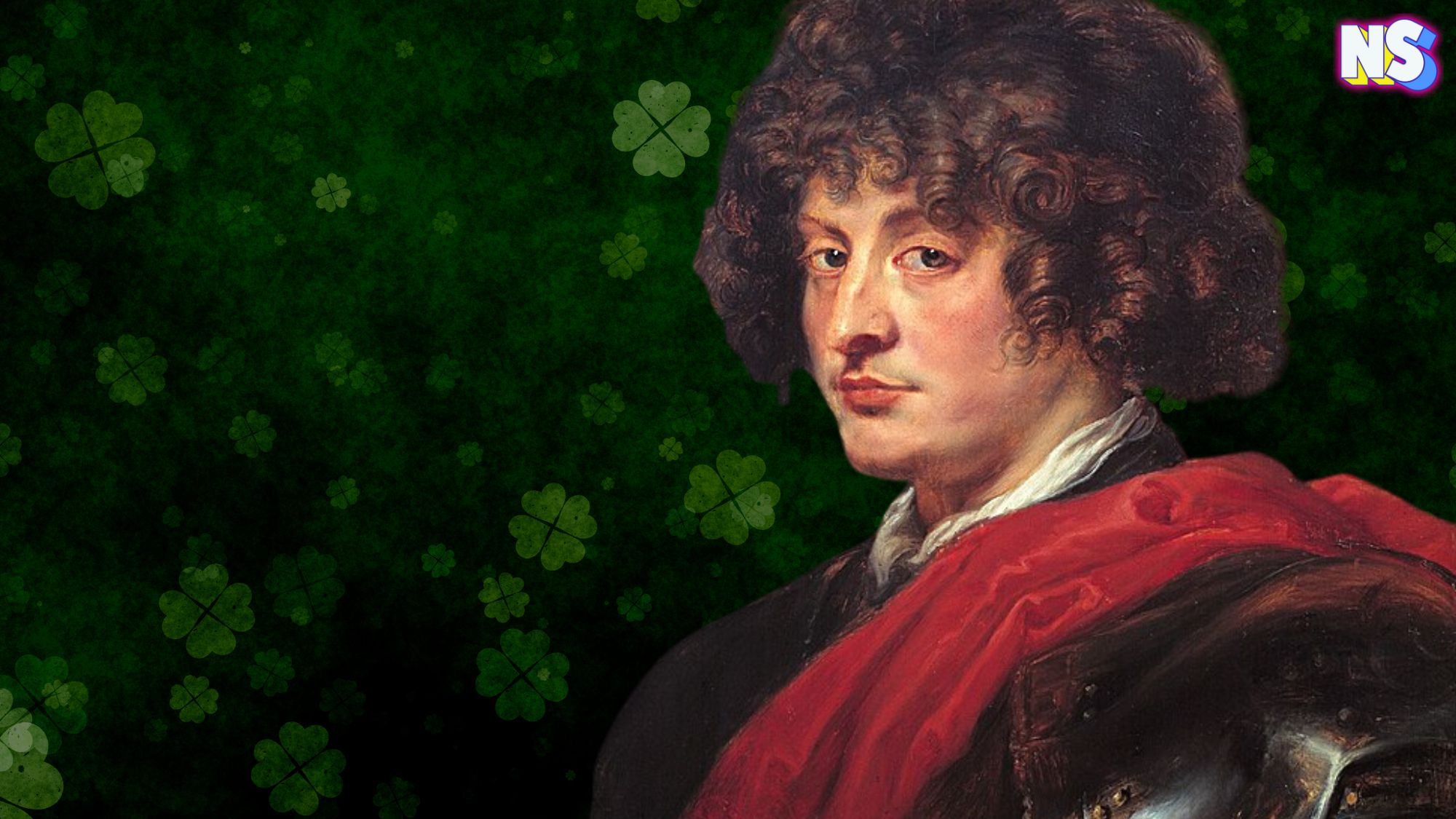Image: Nuestro Stories.
Mexican-American journalist Ruben Salazar had a feeling that he might be killed. His stories were critical of the mistreatment of Mexican-Americans by police, and he knew that made him a target.
But for Salazar, protecting his community was far more important.
He was a hard-hitting reporter for The Los Angeles Times, the first Mexican-American journalist to be part of mainstream media covering the Chicano community when his life was ended in 1970 by police during the National Chicano Moratorium March against the Vietnam War.
Ruben Salazar,42, had worked his way up to become a columnist at the paper and a news director for the Spanish-language news station KMEX. He also reported from the Dominican Republic, Mexico, and Vietnam.
The march was the biggest and bloodiest riot in Los Angeles since the Watts riots five years prior. The destruction was severe — more than $1 million in property damage. Many people were injured and arrested, and three were killed.
A death shrouded in mystery
Salazar’s death did not happen in the heat of the riots. A Los Angeles County Sheriff’s tear gas projectile killed him instantly while sitting at a bar in East LA. So many years later, there are many unanswered questions, and his killing remains an open wound.
His former boss, Danny Villanueva, remembers what Salazar answered when Villanueva told him the day of the march that he would see him later. “Yeah, if I make it back,” Salazar answered.
Days before his death, Ruben Salazar told friends that he believed his life was in danger and that police were following him. On the day of the march, he had a premonition.
Bob Navarro, a television reporter who at that time worked for KNXT, who was also covering the demonstration, remembers that the last thing Salazar said to him was to be careful.
The police claimed that all the evidence pointed to Salazar’s death as a horrible accident and that the deputy who fired the wall-piercing missile into the Silver Dollar Cafe where Salazar was sitting had done nothing wrong.
“You had all the activists and demonstrations on the streets, but of all the people that could’ve died that day, having Salazar pass away conjures up the question: did somewhat really wanted to wipe him out?”
Frank Cruz, TV journalist and co-creator of Telemundo, said.
“It created sinister thoughts.”
Ruben Salazar became an icon of the Chicano community, and parks, schools, and scholarships were named after him.
Even the great gonzo journalist, Hunter S. Thompson, wrote about Salazar’s death in a Rolling Stone article titled “Strange Rumblings in Aztlan.” As with anything Thompson wrote, it is well worth the read, and, as with Salazar’s death, it is still a sign of our times.
Ruben Salazar wrote for his people and community and seems to have paid the ultimate price.
“Chicano meant looking at oneself through one’s ‘own’ eyes and not through Anglo bifocals,” he said. We Hispanics must learn this lesson to look at ourselves with our own eyes and see clearly.
https://nuestrostories.com/wp-content/uploads/2022/06/Susanne-182×250.jpeg

